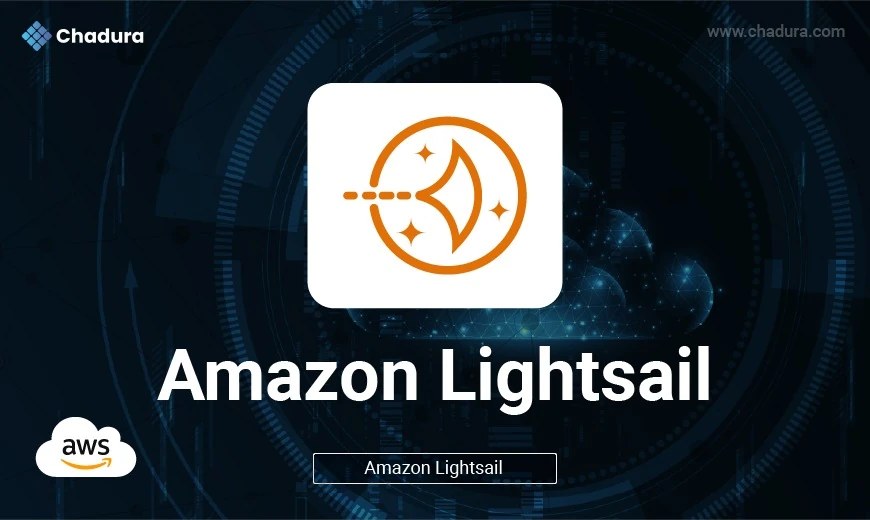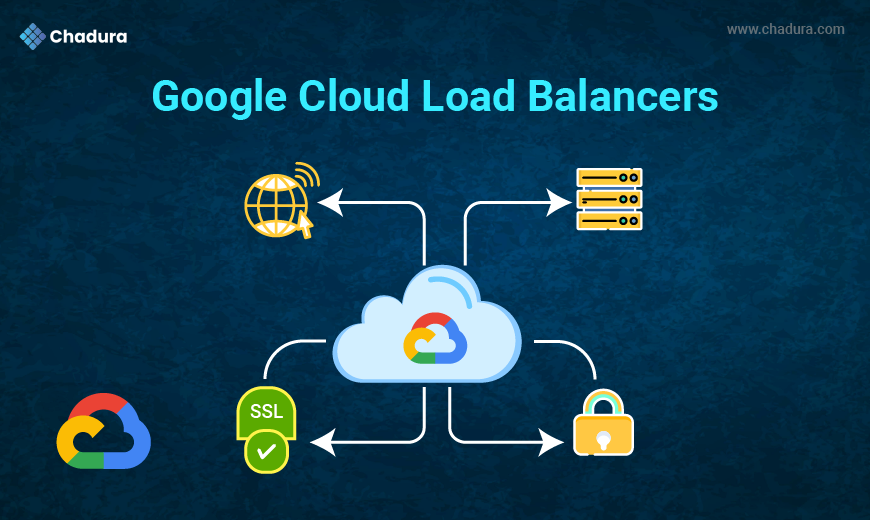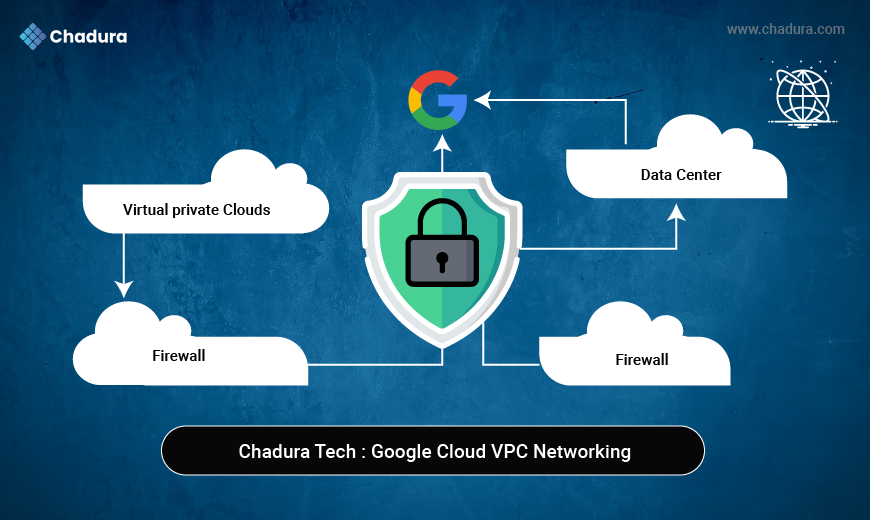Amazon Lightsail is one of AWS’s most user-friendly services, designed specifically for developers, small businesses, and entrepreneurs who need a simplified cloud experience without diving deep into complex configurations. Whether you're hosting a website, running a web application, or setting up a development environment, Lightsail offers an easy entry point into the world of cloud computing.
In this blog post, we’ll break down everything you need to know about Amazon Lightsail, including its features, advantages, disadvantages, use cases, and a clear comparison with EC2 to help you decide whether it's the right fit for your project.
Amazon Lightsail is a simplified VPS (Virtual Private Server) service provided by AWS. It bundles compute, storage, and networking into a single, predictable pricing model—making it perfect for those who want to deploy applications quickly without the need for configuring individual AWS services.
Lightsail includes:
- Pre-configured development stacks (WordPress, LAMP, Node.js, etc.)
- Static IP, DNS management
- SSD-based storage
- Built-in monitoring
- Easy snapshot backups
- Scalable upgrade path to EC2
Key Features of Amazon Lightsail
- Easy Setup: Launch a server in minutes using pre-configured blueprints.
- Predictable Pricing: Fixed monthly pricing makes budgeting easier.
- Built-in Networking: Includes DNS, static IPs, and firewall rules.
- Snapshots: One-click backups for disaster recovery.
- Containers & Databases: Support for containerized apps and managed databases.
- Simple UI: Intuitive web-based interface for management.
Lightsail Workingflow
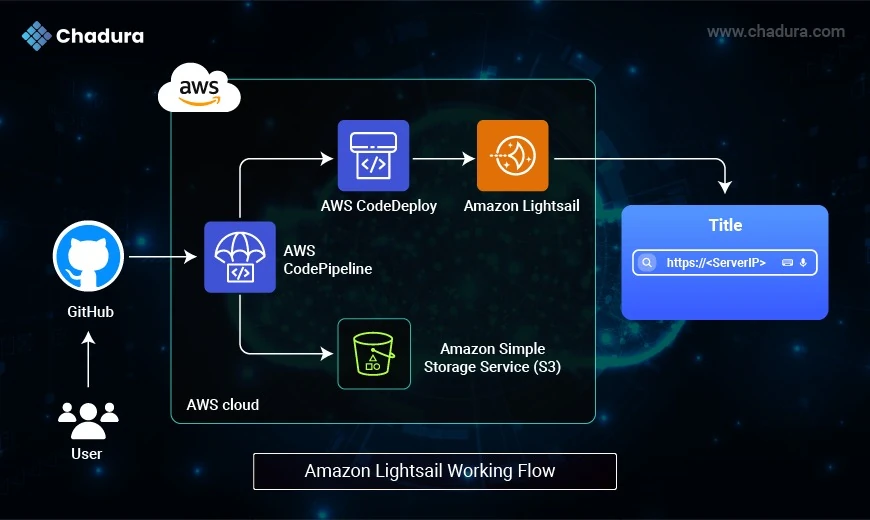
GitHub (Source Repository)
- Developers or users push code to a GitHub repository.
- This repository acts as the source control system where application code is versioned and managed.
AWS CodePipeline (CI/CD Orchestration)
- AWS CodePipeline is triggered when there’s a change (e.g., new code push).
- It orchestrates the entire CI/CD (Continuous Integration/Delivery) process.
Tasks
- Detects changes in the GitHub repository.
- Initiates pipeline stages (build, test, deploy).
Amazon S3 (Optional Storage for Artifacts)
- During the pipeline process, built artifacts or files can be temporarily or permanently stored in Amazon S3.
- S3 is used for storing static content (like images, stylesheets, scripts, or even build logs).
AWS CodeDeploy (Deployment Service)
- CodeDeploy takes the built application and deploys it to the Amazon Lightsail instance.
- It ensures zero-downtime deployments and manages deployment strategies (like in-place or blue-green).
Amazon Lightsail (VPS Hosting Environment)
- After CodeDeploy finishes its task, the application is live on Amazon Lightsail.
- Lightsail hosts the application on a pre-configured Linux or Windows server.
Browser Access via Public IP / Domain
- Users can now access the deployed application via a web browser.
- The app is accessed using the public IP address or a domain name associated with the Lightsail instance (https://<ServerIP> in the diagram).
Benefits of This Architecture
- Automated CI/CD: No need for manual deployments.
- Lightweight Hosting: Uses cost-effective Lightsail VPS.
- Scalable Storage: Static content served via S3.
- Reliable Deployments: Managed by CodeDeploy with rollback support.
- Accessible: App is live and reachable via public IP/domain.
Amazon Lightsail Features
- Instances: Amazon Lightsail provides virtual servers called “instances” with pre-configured blueprints for popular applications like WordPress, LAMP, Node.js, and more that you can easily launch, configure, and manage. Users can choose from fixed-size instance plans and select the right instance for their applications without the complexities of traditional AWS EC2 instance types.
- Containers: With Amazon Lightsail, you can deploy and run containerized applications using Docker. Lightsail supports container services, allowing you to manage and scale your containerized applications efficiently. This feature enables users to take advantage of the benefits such as application portability and isolation.
- Managed Databases: Amazon Lightsail offers support for managed databases like MySQL and PostgreSQL. Users can set up, manage, and scale their databases without the need for manual administration, ensuring data reliability, automated backups, and high availability.
- Simplified Load Balancers: Lightsail provides simplified load balancers that distribute incoming traffic across multiple instances and help improve application availability. They provide fault tolerance by directing traffic away from unhealthy instances.
- Access to AWS Services: Users can leverage additional AWS services like for storage, , and more to enhance their applications and infrastructure.
Advantages of Amazon Lightsail
- Simplicity: Lightsail’s intuitive UI and pre-configured choices make it simple for users without a lot of cloud computing experience to get started right away.
- Rapid Deployment: Launching instances and other resources is simple and time- and effort-saving thanks to blueprints and fixed-size instance plans.
- Predictable Pricing: Lightsail offers clear and predictable pricing, making it easy for consumers to comprehend the expense of maintaining their resources.
- Scalability: Despite being created for simpler applications, Lightsail can be readily linked with other AWS services to grow projects as necessary.
- Managed Databases: They are supported by the service, which relieves customers of the responsibility of managing databases.
- Security: Static IP addresses and other networking characteristics like security groups help to maintain a reliable and secure environment.
Disadvantages of Amazon Lightsail
- Limited Configuration Options : Fewer customization options than EC2 for networking, storage, and compute.
- No Auto-Scaling : Unlike EC2, Lightsail doesn’t support auto-scaling features.
- Lower Performance for Enterprise Needs : Not ideal for resource-intensive applications or large-scale systems.
- Restricted AWS Service Integration: Limited integration with advanced AWS services like Lambda, CloudWatch Logs, and VPC peering.
- Not Ideal for Complex Architectures: It Meant for simple deployments, not distributed or microservices-based apps.
Amazon Lightsail Vs Aws Ec2
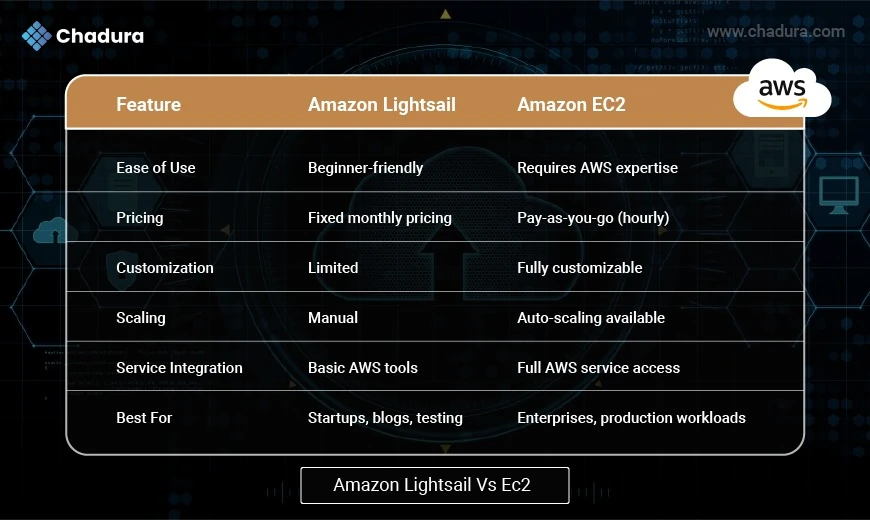
Pros and Cons Summary
Pros:
- Fixed, predictable pricing
- Easy to use for beginners
- Great for quick deployments
- Snapshots and static IPs included
- Pre-configured stacks available
Cons:
- Limited to small-scale apps
- Not suitable for heavy traffic or large databases
- Lacks full AWS flexibility and services
Pricing for Amazon Lightsail
- Lightsail offers predictable and transparent pricing.
- According to the chosen instance plan, data transfer, storage, and additional services used, users are charged.
- There are no up-front costs and the pricing is based on a . The AWS Management Console allows users to keep an eye on resource utilization and prices.
Conclusion
Amazon Lightsail is a powerful tool for developers and startups who want an affordable, simplified cloud platform without the complexity of AWS’s broader ecosystem. It’s a great way to get started with cloud hosting, test new ideas, or host lightweight applications and websites.
However, as your app or business grows, you may eventually need to migrate to EC2 or other AWS services for more power and flexibility.
If you're just getting started or want a worry-free way to deploy your app, Lightsail is definitely worth trying out.


